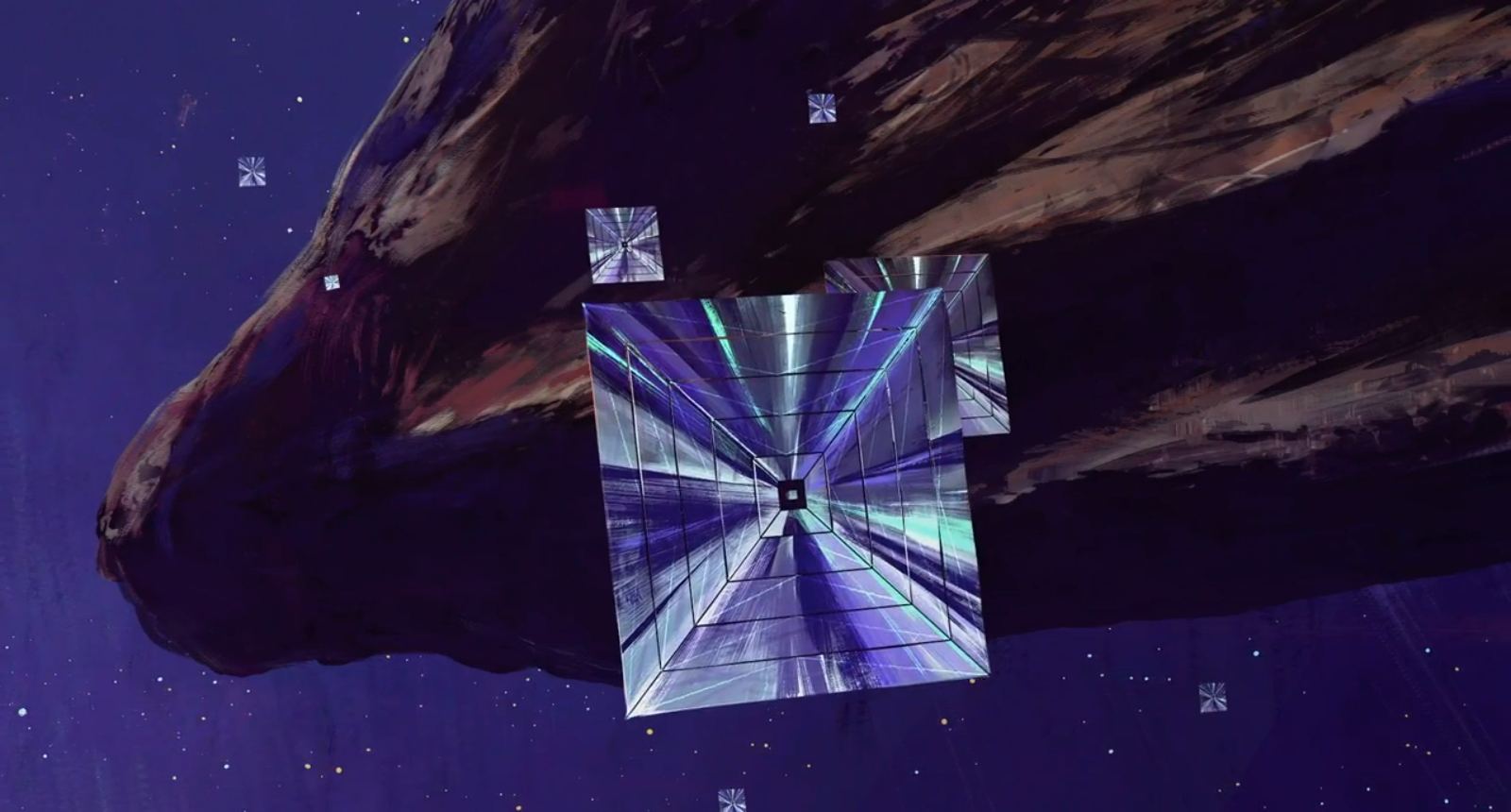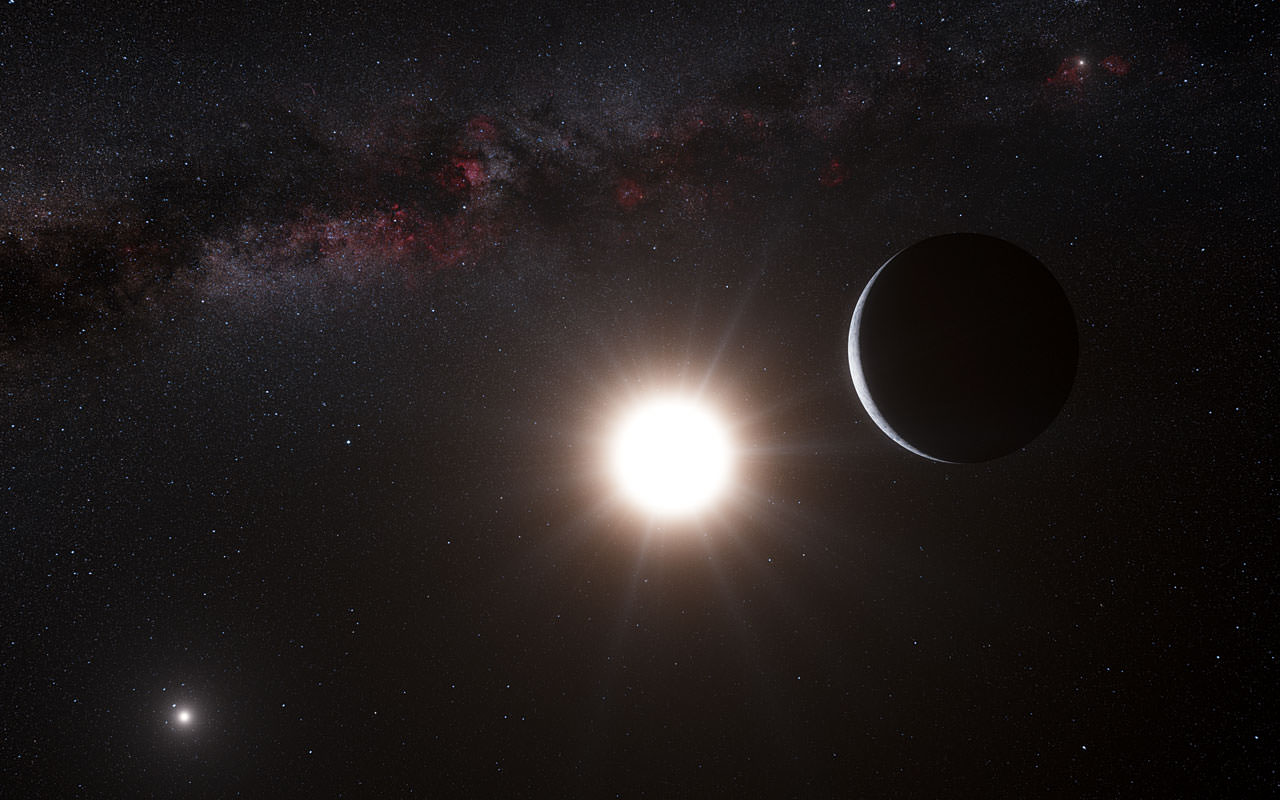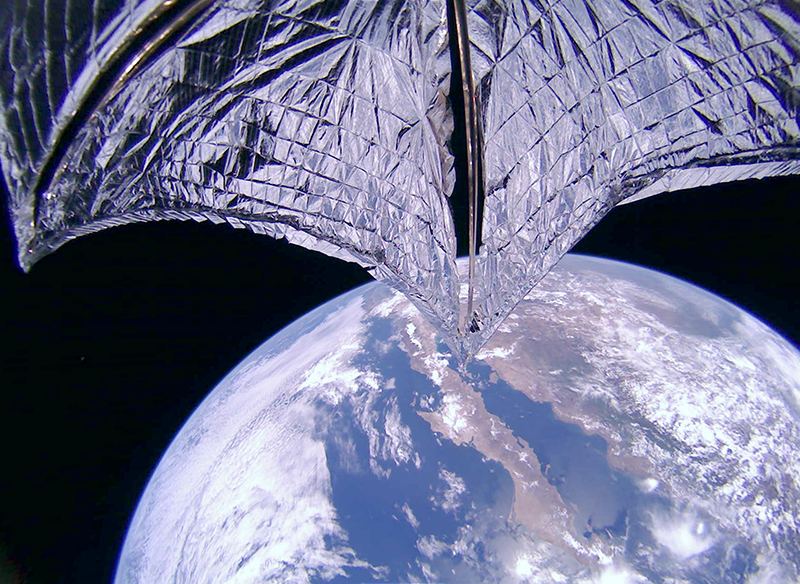NASA and China plan to mount crewed missions to Mars in the next decade. While this represents a tremendous leap in terms of space exploration, it also presents significant logistical and technological challenges. For starters, missions can only launch for Mars every 26 months when our two planets are at the closest points in their orbit to each other (during an “Opposition“). Using current technology, it would take six to nine months to transit from Earth to Mars.
Even with nuclear-thermal or nuclear-electric propulsion (NTP/NEP), a one-way transit could take 100 days to reach Mars. However, a team of researchers from Montreal’s McGill University assessed the potential of a laser-thermal propulsion system. According to their study, a spacecraft that relies on a novel propulsion system – where lasers are used to heat hydrogen fuel – could reduce transit times to Mars to just 45 days!
Continue reading “Lasers Could Send Missions to Mars in Only 45 Days”







